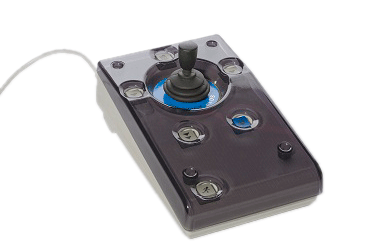Page Liz. , Sheehan Tracy, , & Worrell Colleen, (2012). How to do more with less. Learning and Leading,39(6), 18-23. Retrieved from http://www.iste.org/learn/publications/learning-and-leading/DigitalEditionMarch-April2012.aspx
Summary: Technology is an amazing resource to any classroom. However, integrating technology can seem like an expensive way to meet state standards. However, there are many ways to incorporate technology and greatly enhance learning for cheap. Using blended or flipped classrooms, teachers can provide free resources online to continue learning for their students. In flipped classrooms, the resources provide an introduction to material before the students come to class. Some resources teachers can use to engage the students are: blogs, wikis, social bookmarking tools, and creative expression tools. One tool a teacher can use is Edmodo, a private social networking site that allows teachers and students to communicate. Teachers can send events and reminders to students; students can send in assignments through this site. The idea is to provide students with information and resources whatever, whenever, and wherever. Lastly, students can apply these digital age competencies to all subject matters to enhance learning and comprehension.
Question 1: Why are free internet resources important to student learning?
Free resources on the internet provide the student with more opportunities to learn on their own time. When learning is limited to the classroom, the student is not able to explore subjects further at home. Online resources can provide extra learning when doing homework, or working on a project. Instead of flipping through a textbook and trying to comprehend the dull words, students can search through blogs, podcasts, vodcasts, and other articles to learn outside their classroom.
Question 2: How can teachers incorporate podcasts into the classroom?
Podcasts are great learning tools as well as relfecting tools. Teachers can post podcasts (their own or educational ones available online) for students to listen to and learn more about a subject. Podcasts allow teachers to reach students who may be primarily auditory learners. Students can also create their own podcasts after they have learned about a subject. They can post their podcasts for fellow students to listen to and learn from.
Q
Q
Qu
W
Que




